How to Light A Living Room With No Overhead Lighting
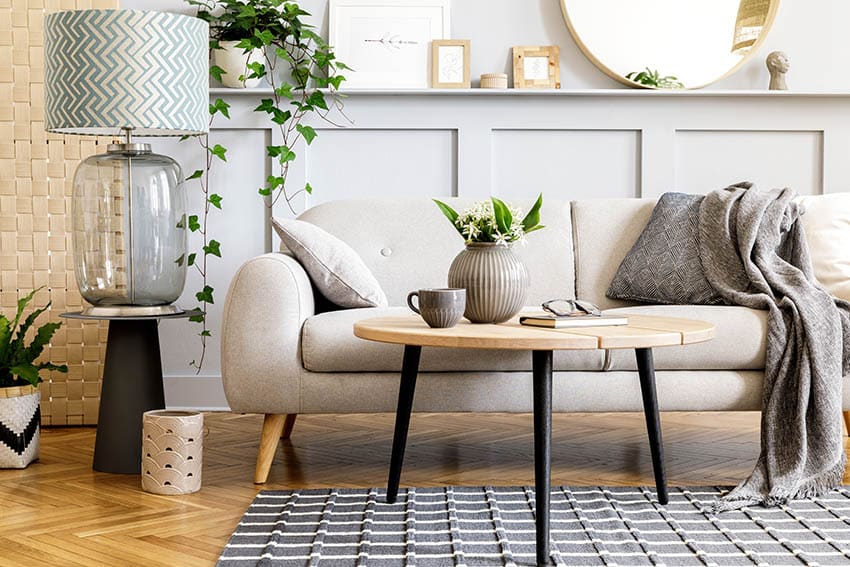
A well-lit room makes us feel comfortable and enhances everyday life. The light needs to be bright and even enough to navigate around the room and engage with its contents, and should have strategic pools of higher intensity light around areas of interest like groups of seating or tables for serving food. An overhead light is one way to achieve a well-lit room, but if your living room doesn’t have one, don’t worry. You can use the basic principles of lighting and well-placed lamps to create an enjoyable and welcoming space.
Choosing Living Room Lighting Temperature
The first step is the same as any room — decide what temperature or quality you want the light to be. Different temperature light bulbs cast different hues of light. ‘Cool/bright’ light bulbs are great for work areas and stimulating productivity.
Most people prefer a relaxing atmosphere in the living room, which is why it’s generally designed with ‘warm/soft’ light bulbs in mind. ‘Soft white’ light bulbs sit somewhere in the middle. There are also daylight bulbs, which can be used to mimic natural light in a room without any windows.
Next, decide how bright you want the light in the room to be. As a rule, indoor lighting should never be brighter than sunlight, unless you like the feeling of a medical examination room. Different people have different preferences about how much light is necessary for a well-lit room, so make sure to include anyone who will be spending time in the room. Notice how the light feels in other areas of your home at different times of the day. Buy several different kinds of light bulbs, at different temperatures and different wattages, and try them out.
Wattage measures the amount of power it takes to run the light bulb, but it also corresponds to how much light the bulb emits. Higher wattage = brighter light. The average household light bulb produces about 800 lumens, the equivalent to 60 watts. The amount of light bulbs you will need will depend largely on the size of the layout and your desired level of brightness. You can use a light requirement calculator like this one here to help determine your light bulb needs.
Using Natural Light in the Living Room
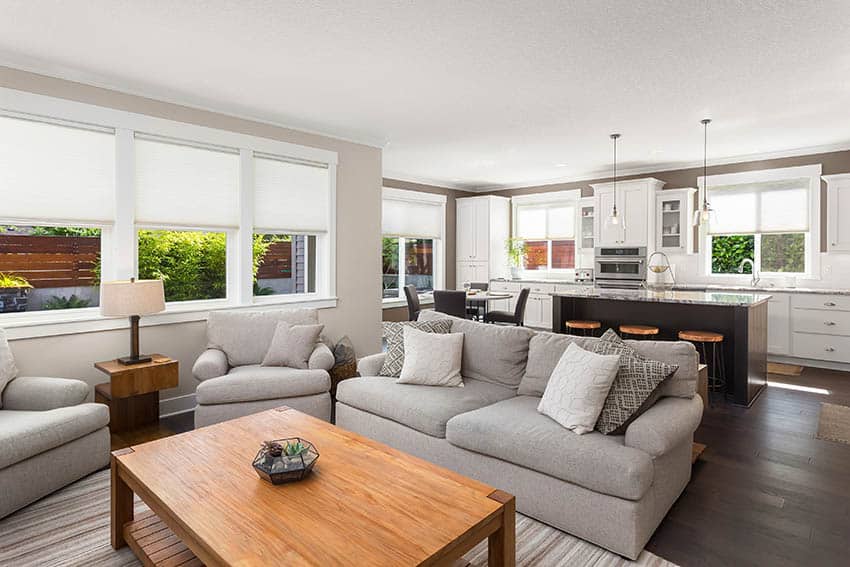
Now, you’re ready to enhance the existing natural light. You may not have an overhead light in your living room, but you probably have at least one window. Window blinds and shades eat up precious sunlight, even when rolled or raised — consider removing them.
Curtains are also a culprit — even when pulled to the sides, they often partially cover the glass or prevent sunlight from extending further into the room. Knowing the quirks of the space you’re working with will help you enhance it with light. For more on this topic, see popular types of curtains for your room here.
Too much light can be another problem, getting in our eyes and making us feel exposed. Our eyes expect natural variance in light, and a shadowless room has a frankly unsettling quality. The goal is not to eliminate all shadows, but rather to use them strategically.
The types of paint finish for a living room one uses is another important consideration when it comes to brightening the space. Lighter colors are more reflective and can help keep things looking brighter.
Living Room Light Sources

One option is to have a new overhead light installed. If you’re renting, this isn’t possible. If you own your home, you could go this route, but it’s expensive and generally unnecessary. Resist the temptation to install battery-powered lights on your ceiling. With so many other options, there’s no reason to resort to this strategy. The light from battery-powered lamps is neither as strong nor as stable as those powered by electricity.
If you can install a simple hook, you can create your own overhead light. A hanging pendant light is a bulb on a long cord that plugs into the wall. Hooks and hardware are used to drape the cord and hang the light from the ceiling.
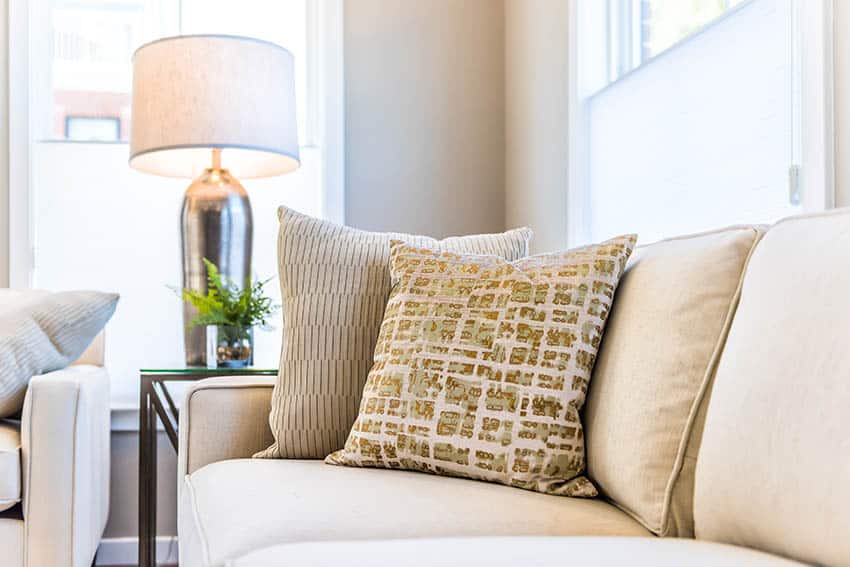
You may need to use electric lamps during the day to keep the room from feeling too dark. In that case, the goal would be to match the color, angle, and temperature of the sunlight. Focused spotlights can sneakily extend their ‘sunbeams’ into dark corners.
Floor lamps are another popular choice for living rooms without overhead lighting. ‘Torchiere’ style lamps might seem like the best choice, but with this design, the light is directed strongly upward.
This can emphasize the lack of central overhead lighting. A better choice is a floor lamp covered by a soft, diffusing shade. Use as many as you need to fill the space with flattering indirect light. The same principle applies to any existing wall sconces. Use exposed Edison bulbs or thin, gauzy shades to compensate for the lack of overhead light.
Using Reflective Surfaces in the Living Room
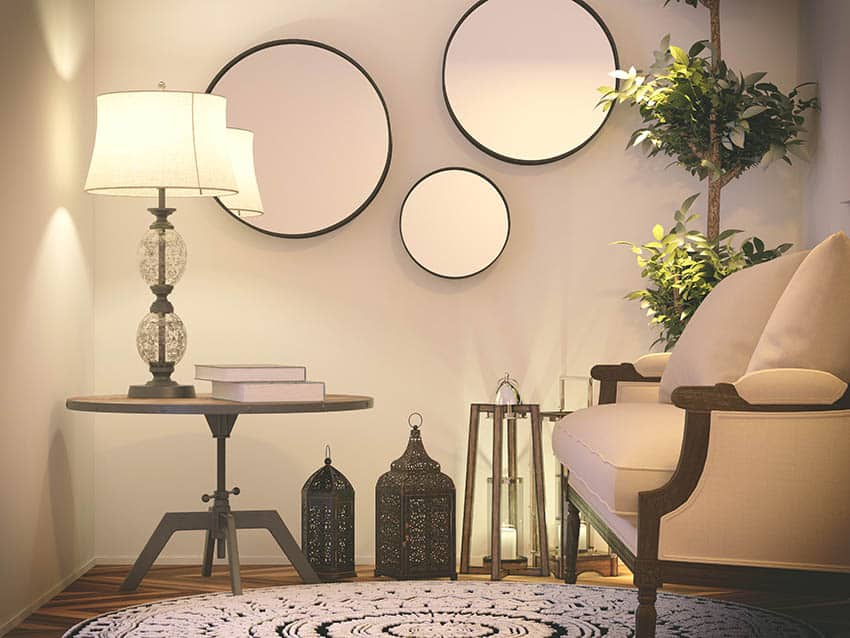
One of the best lighting tools at your disposal isn’t a light at all — it’s a reflective surface. Mirrors are the most common and most reflective, but any shiny surface is going to bounce light somewhere else in the room. The trick is to be in control of where that light goes.
A mirror hung opposite a window will create the illusion of another window and bring much more natural light into the room. Or, hang a mirror to reflect the light of a lamp back into the room. This is a great solution for living rooms without overhead lighting.
A word of caution — check the angle of the mirror in the evening before you commit to its placement. There’s nothing worse than flipping on a lamp and realizing the mirror reflects it directly into your eyeline as you’re trying to watch TV.
Focused Light Sources in the Living Room

Table and desk lamps are used for focused sources of light, like on a card table or the keys of a piano. They can also be used for reading nooks, though a floor lamp with a directional beam is equally well suited to this purpose.
While desk lamps might seem better suited to an office environment, they’re actually a great fit for the living room. They take up less surface area than a table lamp but spread nearly the same amount of light.
As you add each light source, note how it affects the light in the room. Is it casting shadows? Is the bare bulb in your eyes as you enter the room? Do you need a brighter bulb? A dimmer bulb? Is the switch accessible?
There’s an element of trial and error involved, so have fun! Experiment! When your living room is customized to your preferences and your needs, it’s going to feel great — even with no overhead lighting.
Do you have any favorite tips on how to light a living room with no overhead lighting? If so let us know in the comments below.

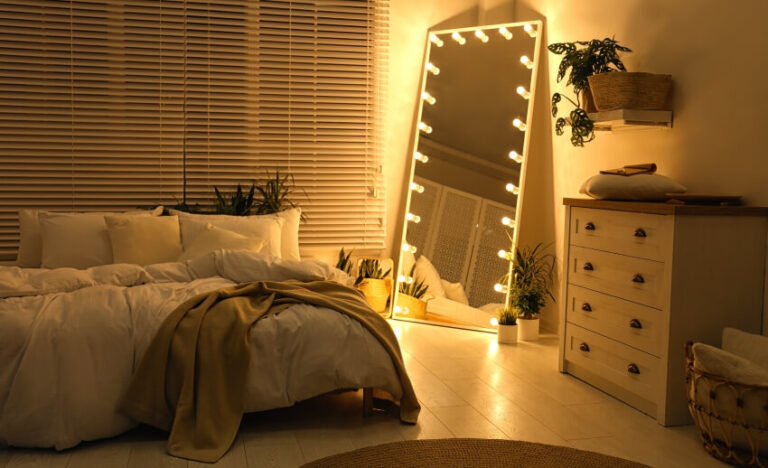
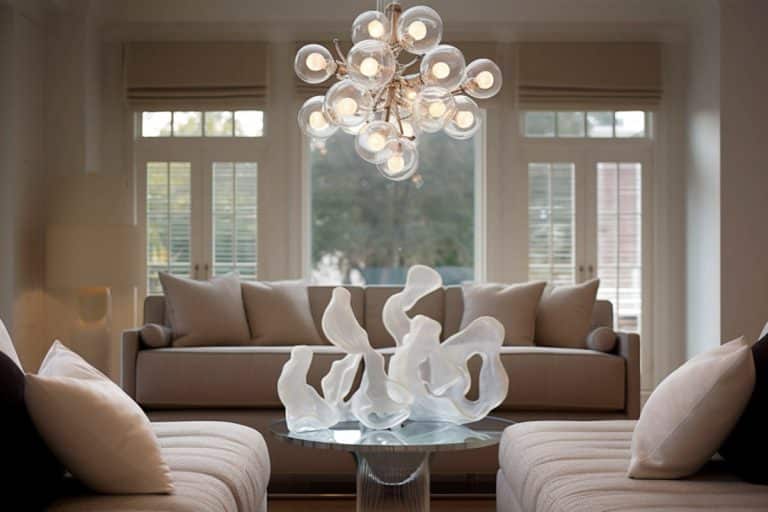
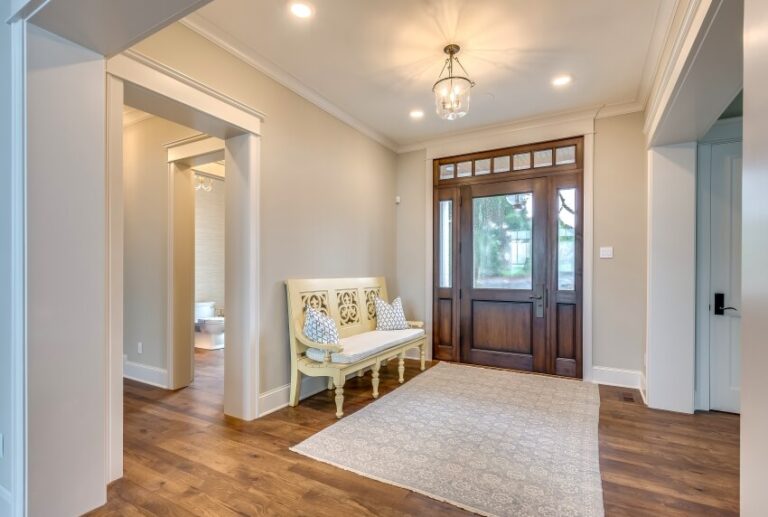

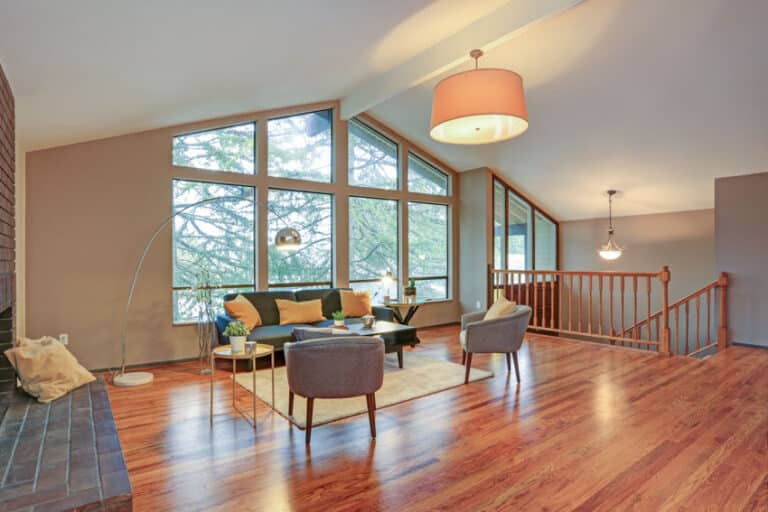
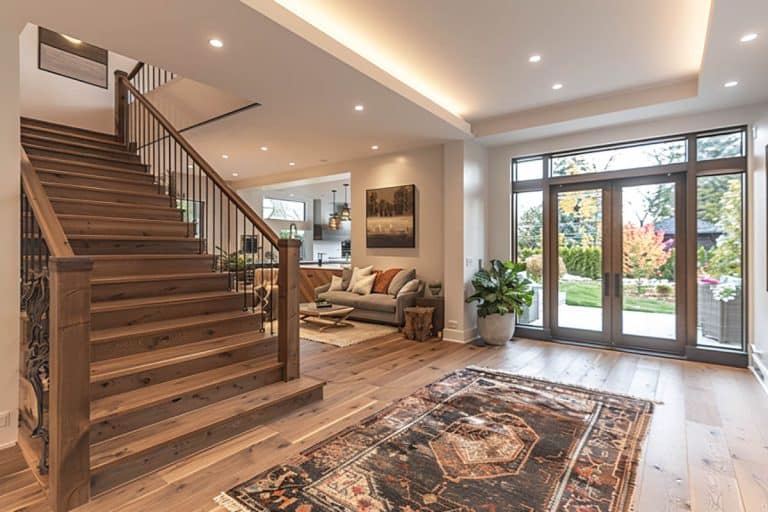
It was really helpful to read all your tips regarding desk lamps and how they’re still very much usable in living room setups. When I started planning out my remodeling project, I wanted to make as many changes as possible to make my rooms feel more comfortable and humble, leaving out as much bright light as possible. Your tips on where and how to use lamps will definitely help when I find a custom home contractor that can remodel my living room before the holidays.
Thank you so much for explaining what “warm light” is and how you can achieve it. I’ve always wondered if using a large central lightbulb was the only way to design a living room, and I’ve been getting tired of doing it this way for a while now. Getting some extra fixtures that make use of warm light could really help us for those times we want a different ambiance, so I’ll look around for any electricians that can help us install these fixtures.